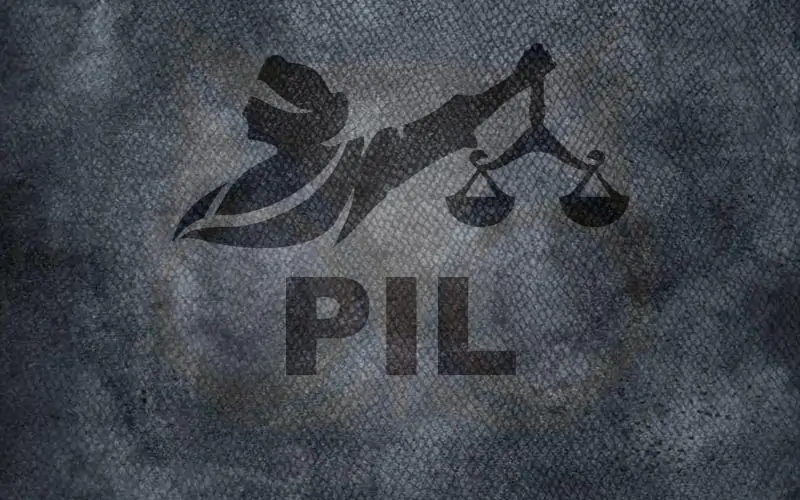Discuss the Theory Building in Public Administrative.
Theory building in public administration is not an easy task to do, because there are various kinds of public organisations, administrative structures and processes has been developed in the study of public administration. The aim of public administrative theory is to achieve politically legitimated goals by constituency moulded means.
For the success of public administration, public administrators have borrowed various methods, role and theories from the other disciplines like economic, sociology, psychology etc. Theory building in public administration is not only related to develop a theory of administration but also to formulate a set of theories. Administrative theory is basically deals in the various ideas and views of various scholars.
Administrative theory is that theory, which. helps to develop the other theories in the field of public administration. They are administrative management theory, the scientific management approach, the bureaucracy approach, the human relations approach, the behavioral approach, the systems approach, public-policy approach, decision making theory, public choice theory, and in the end it creates new public administration. Administrative theory helps to growth various theories in the field of public administration, which is briefly discussed in the following:
Administrative Management:
Theory Administrative management theory is that a science of administration can be developed based on some principles and experience of administrators. It deals primarily with formal organisation structure. The basic aims of this theory are efficiency and economy. It explains briefly in the words of Henry Fayol, Luther Gullick and Lyndall Urwick. Henry Fayol is considered the father of administrative management theory.
He mainly focus on the development of broad administrative principles which are applicable to general and higher management levels. He defined management in terms of five functions,Planning, Organizing, Commanding, Coordinating and Controlling. Gullick explains major management techniques by the word POSDCORB, which stands for a different techniques such as, Planning, Organizing, Staffing, Directing, Coordinating, Reporting and Budgeting.
The administrative management theory is marked by the four basic features, impersonal, specialization, efficiency, and hierarchy. Although, the exponents of this theory, they often invoked the name of science, but they did not even come close to using established scientific methods. Their principles were actually derived from experience and collections of information.
The Scientific Management Approach:
The scientific management approach was based on the design and the operation of production processes on the shop level of the organisation. Scientific management refers to the time motion studies. It signing in the United States in twentieth century by contribution of the scientific management school. The key representatives of this school are Lillian Gilberth. F.W. Taylor is considered to be the father of scientific management.
Scientific management theory concern was to improve organisational efficiency and economy for the sake of the creational production. Taylor’s belief that economic incentives are strong enough to motivate the worker for the increased production in the organisation.
The major principles of scientific management are:
- It based on standardization of work methods.
- It deals with scientific selection and training of workers.
- It was an open advocacy of an equal division of work and responsibility between management and workers.
- There should be active cooperation and cordial relations between management and workers.
Bureaucratic Approach:
The bureaucratic approach was systematically developed by German sociologist Max Weber in the twentieth century. He was first to describe its characteristics systematically. According to the Weber, bureaucracy is superior to any other form decision, precision, stability,. discipline and reliability.
For Max Weber, the national-legal bureaucracy was a prime example of rationalization and its impact on Western socio-economic and political institutions. Weber’s explain the characteristics of the bureaucratic forms of organisation is based on Division of Labor, Hierarchy, Rules, Rationality, Inter personality, Rule orientation and Neutrality.
The Human Relations Approach:
The basic of the human relations theory lies in its primary in human beings, psychological motivations and informal group behavior in the organisation. This theory focuses on management as a web of interpersonal relationships and it is also based on the behavior of role occupants in an organisation than on the formal structure of the organisation.
This theory came from the Hawthorne experiment which were carried out in the USA by Elton Mayo and his colleagues of the Harvard Business School in the late 20th century. In the first experiment workers operating under a piece-rate system. On the whole, the significance of Hawthorne investigation was in discovering the informal organisation which it is now realized exists in all organisations.
Behavioral Approach:
Herbert Simon, Douglas McGregor, Abraham Maslow, Kurt Lewin, Chester Barnard, Mary Parker Follet, Rensis Likert and Wanen Bennis are some of the foremost behavioral scientists who contributed in the development of the Behavioral approach to organisation. Behavioral scientists explain that an industrial organisation should be considered a social system which has both economic and social dimension. Every member of the organisation is unique to some degree.
Public Policy making:
The model of public policy making are more concerned with the objective of forming better policies for the state. The public policy maker as a person who does not have the brain, time, and money to fashion truly different policies. Public policy-making organs in India are, Constitution, Parliament, Cabinet, Planning Commission, National Development Council, Judiciary, Civil Services, Press, Political Posters, Pressure and Interest Groups, Professional Associations, and Voluntary Organisations.
In our nation, policy is formulated by the cabinet or minister but it is implemented by the civil servants. Policy-making is done at the Union and State level in India.
New Public Administration:
New Public Administration was used to describe new philosophical outlook for public administration, which is specially based on efficiency and economy. It began to be said that efficiency is not the soul of public administration.
Man is the focal point of all administration activities who cannot be subjected to the mechanical test of efficiency. New public administration is movement inspired by younger scholars. On the whole, the new public administration has stressed on four important goals relevance, values, equity and change.
Therefore, it is no doubt that, the study of public administration is a systematic body of knowledge which is mainly study of administrative system of the organisation. It goals to improve production and create efficiency of workers. In the public administration, the organisation is based on scientific management which is need for modern welfare state.
Thus, administrative theory really is very useful for the modern state because it is based on the scientific management. It bring change in structure and process of the system of the government organisation. At last it bring a new kind of public administration in the modern state, of which basic aim is managerial orientation.





